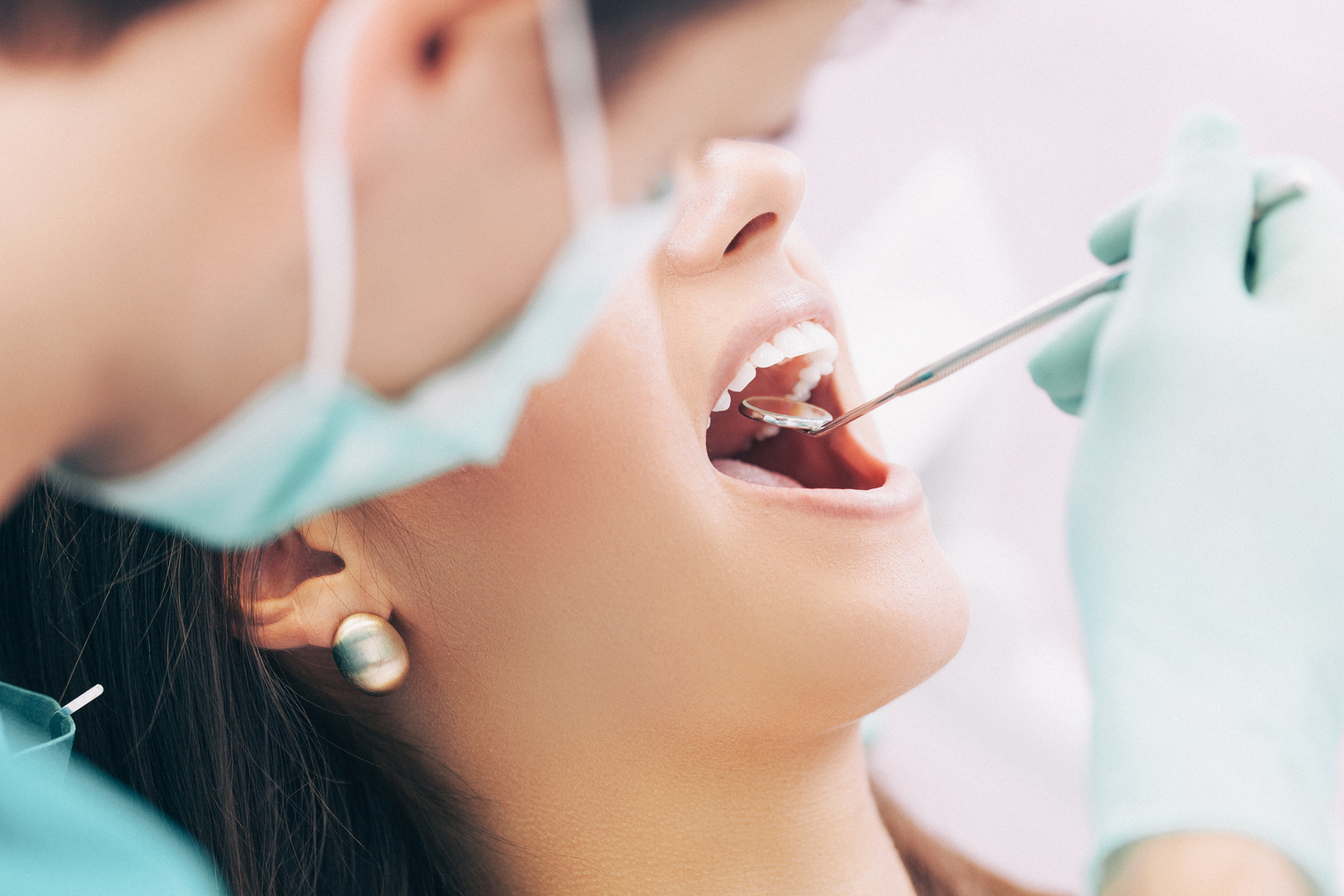Dental Unit Waterlines

Dental operative units are intended to supply power (electrical, air, water, etc.) and serve as a base for other dental devices, such as a dental handpiece and other dental accessories. The water supply of the dental operative unit is sourced from municipal water or a closed bottled water system. The waterlines of a dental unit, typically constructed from a polymer (e.g. polyurethane, polyvinyl chloride) or silicone rubber tubing, provide water from its source for irrigation, cooling, and flushing of the patient’s oral cavity during dental procedures. Dental operative units are Class I, FDA-regulated medical devices, and require premarket clearance (510(k)). Additional information on the regulatory requirements (general controls) for dental operative units can be found here.
Importance of Infection Control
Municipal water contains microorganisms that may be considered safe for drinking water, but could potentially cause patient infections when used during dental procedures. Dental unit waterlines, including those connected to municipal water sources or closed-bottle systems, typically cannot be sterilized; however, they should be routinely cleaned and disinfected. Without proper cleaning and disinfection, waterborne microorganisms can collect in the dental unit waterline and form a biofilm, a layer of microorganisms or bacteria adhered to the surface of the dental unit waterline, that can become dislodged and enter the water stream. Contaminated dental unit waterlines pose a risk of infection to the patient, particularly during surgical procedures by direct exposure of waterborne pathogens and to dental professionals due to inhalation of aerosols.
The Centers for Disease Control and Prevention (CDC) Guidance Document Guidelines for Infection Control in Dental Health-Care Settings — 2003 recommends treating the water used in dental units with commercial products such as chemical germicides to meet drinking water standards. Also, the American Dental Association (ADA) recommends routine monitoring of the water to demonstrate bacteria count of less than or equal to 500 Colony Forming Units (CFU) per milliliter of heterotrophic bacteria. Depending on the device design, sampling locations may include the connection to the water source, the dental handpiece connection, and a mid-point between these. Consult with the dental unit manufacturer’s instructions for the recommended maintenance schedule of the dental unit waterlines.
Recommendations
Dental practitioners should adopt appropriate infection control procedures for dental unit waterlines based on the manufacturer’s instructions for use. This should include infection control measures such as, but not limited to, monitoring water quality. The water management plan should include specific testing locations and frequencies, and actions to take (e.g., remediation, retesting at shorter intervals) based on test results.
Tips for Dental Practitioners
Dental professionals should establish written standard operating procedures to guide dental personnel in performing infection control procedures for dental unit waterlines.
Implement the use of equipment and procedures such as separate reservoirs, chemical treatment protocols, use of filtration systems, and sterile water delivery systems.
For units using separate water reservoirs, purge the dental unit waterlines each night and whenever units are out of service to prevent stagnant water from settling within the waterlines.

Discharge water and air lines for a minimum of 20–30 seconds after each patient to physically flush out patient material that might have entered the dental water system during treatment.
Monitor waterlines for damage or visible contamination and replace if needed or as directed by the manufacturer.
Be alert to signs that may indicate biofilm formation including musty odor, cloudiness or particulates in the water, and clogging of lines.
DO:
For surgical procedures, use sterile irrigating solutions, such as sterile water or saline. Appropriate delivery devices (e.g., bulb syringe; sterile, single-use disposable products; or sterile water delivery systems that bypass the dental unit by using sterile single-use disposable or sterilizable tubing) should be used to deliver sterile irrigating solutions during surgery. This may include a dedicated surgical irrigation system with components including handpieces that are single-use disposable or compatible with heat sterilization methods used in outpatient dental settings.
Adhere to the recommended service life and maintenance of the dental operative unit and its components and accessories.
Follow the manufacturer’s instructions to clean and disinfect the dental unit at recommended intervals. Contact the manufacturer of the dental unit to obtain the most up-to-date instructions or with any questions regarding the reprocessing of the dental unit.
Monitor the water quality and microbial contamination of the dental unit waterlines using standard culturing methods at appropriate intervals to keep bacterial counts lower than 500 CFU/mL of water as recommended by ADA.
Always properly dispose of single use disposable items after they have been used.
DO NOT:
Use the dental unit without following the cleaning and disinfection procedures in the manufacturer’s reprocessing instructions.
Attach dental handpieces or dental instruments to dental unit waterlines that have not been cleaned or disinfected per the manufacturer’s instructions.
Use cleaning and disinfection agents that are not recommended by the device manufacturer, as material incompatibility could result in structural damage that may increase the risk of biofilm formation or toxicity to patients.

Comentarios
Publicar un comentario